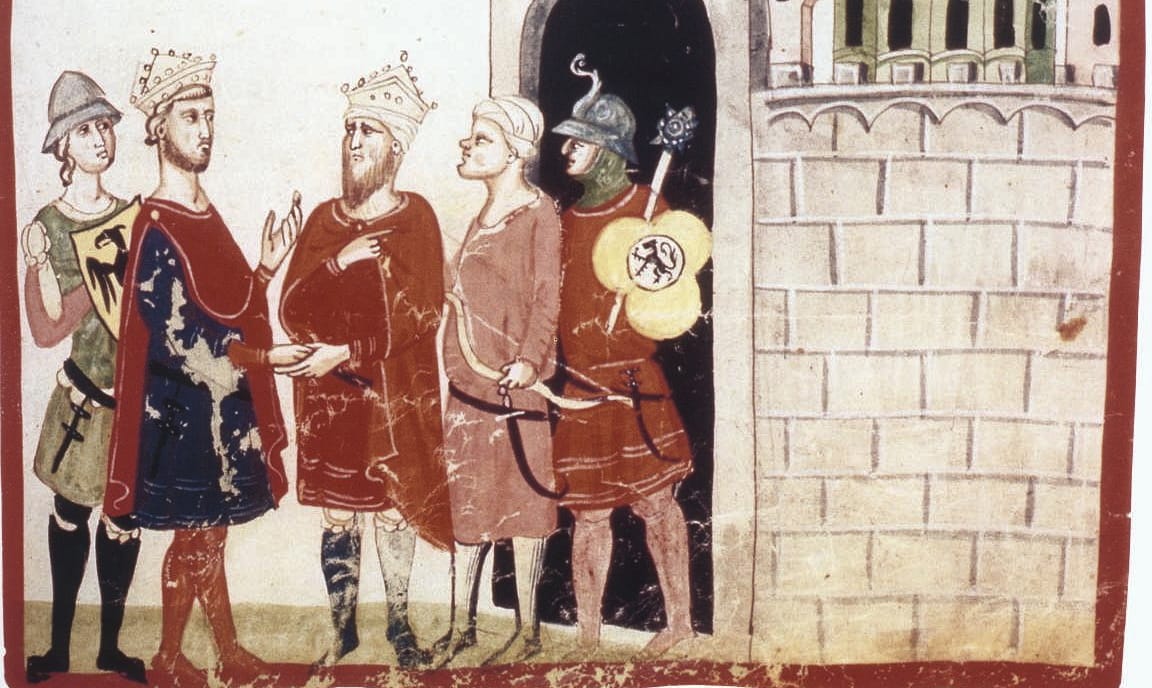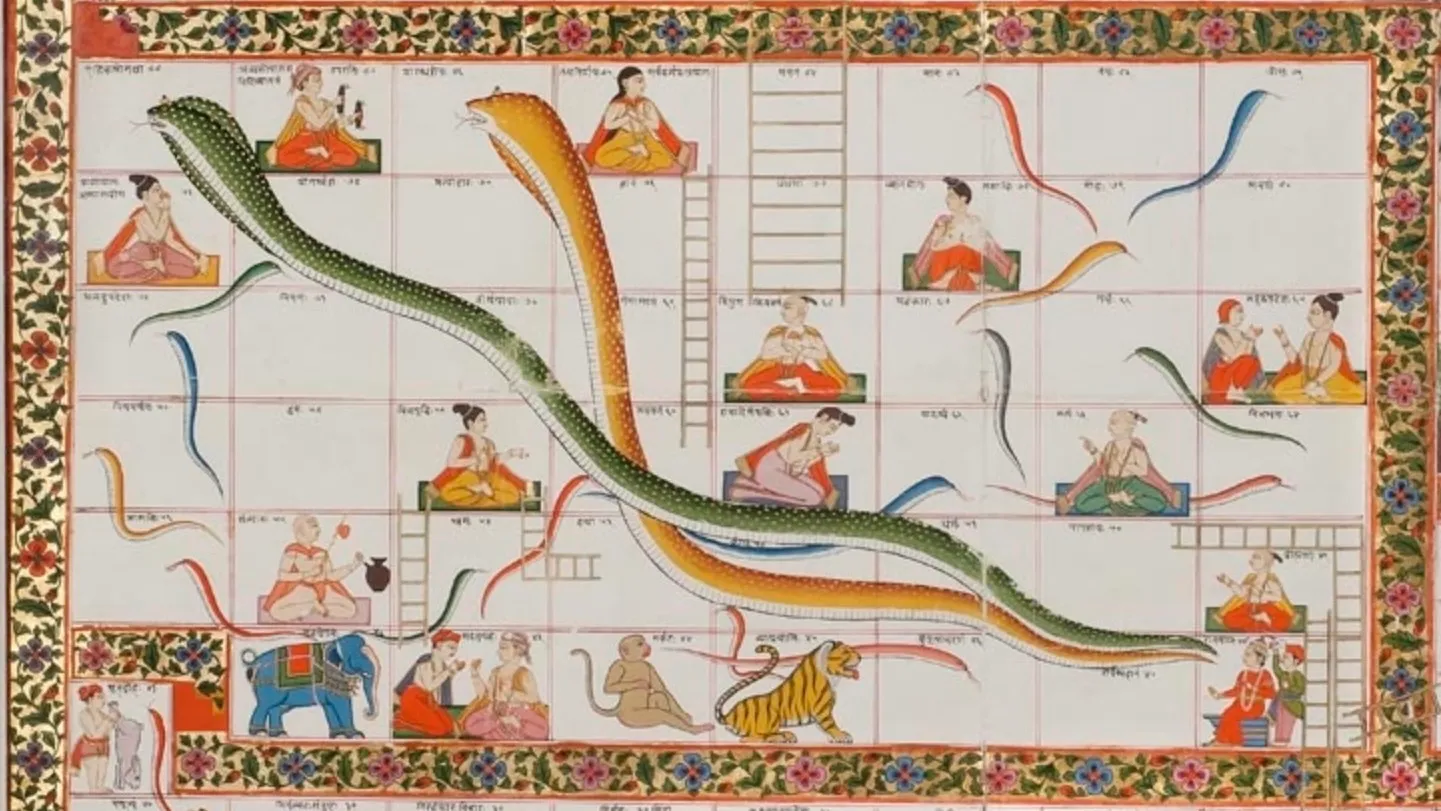“Going Through the Lands of the Franks without Impediment”: Making and Maintaining Peace in the Levant
Discussion of teaching peacemaking during the Crusades

“If it bleeds, it leads” is a phrase often used to describe the news media. Turn on the evening news or most cable news outlets, and we’re likely to hear a violent story. Editors and producers understand that people are more likely to respond to and stay engaged with certain types of stories.
The exact phrase could be used for the Crusades. When we think of the Crusades, we often start with a mental picture of religiously motivated Latin Christians and Muslims fighting each other. It also makes sense, since I previously wrote about religious motivation and the massacres of Jews and Muslims. Look at almost any website on the Crusades, and it typically begins with a picture of Crusaders fighting. That mental picture of the violent Crusades isn’t necessarily wrong, but it’s also incomplete. While there were regular battles between Muslims and Latin Christians and writers frequently used religion to justify violence, the story of the Crusades is complicated. Muslims and Latin Christians also regularly agreed to peace treaties, exchanged diplomatic envoys, and tolerated each other’s religious observance. Many Muslims lived under Latin Christian rule. If we want to help students better understand the complexity of life in the Levant during the Crusades, we must teach how the Latin Christians and Muslims made and maintained peace with each other.
Peace Treaties
This content is for Paid Members
Unlock full access to Liberating Narratives and see the entire library of members-only content.
SubscribeAlready have an account? Log in



